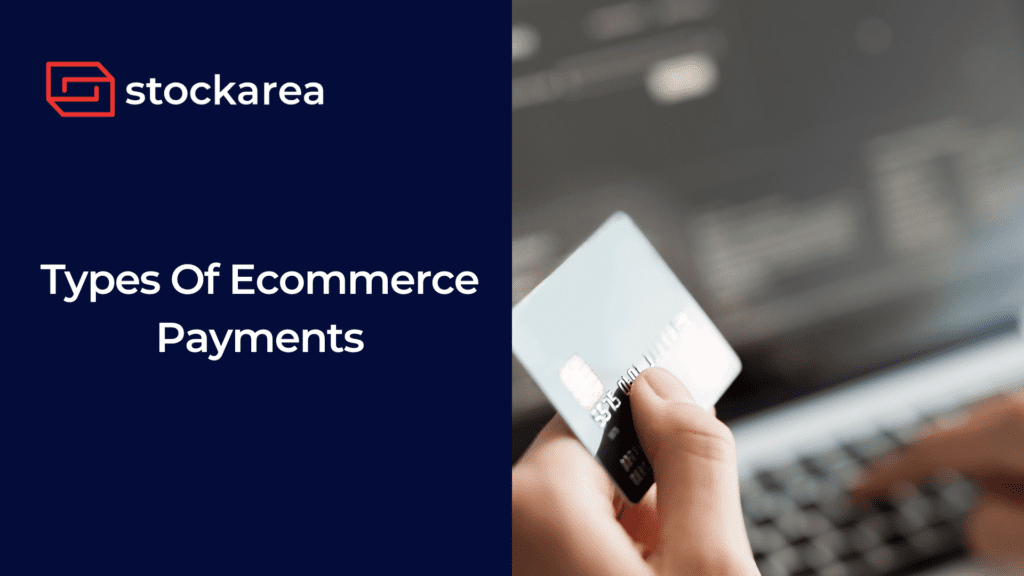E-commerce payments in the modern digital era include a wide range of options designed to satisfy the different needs and tastes of online buyers all over the world. Although credit and debit cards have traditionally been the mainstay of online purchases, the field of e-commerce payments is still rapidly developing. Digital wallets have become a popular alternative to traditional card payments, providing customers with a quick and safe option to save payment details and expedite the checkout process.
Furthermore, certain segments continue to see a high prevalence of alternate payment options, including bank transfers and cash on delivery (COD), that meet the specific requirements and preferences of their clientele. The widespread use of smartphones has led to a significant increase in the acceptance of mobile payments, especially in areas where smartphone penetration is strong. This has broadened the range of e-commerce payment choices that consumers can choose from all over the world.
Let us have a look at the prevailing types of e-commerce payments.
1. Credit and Debit Card Payments
Among the most popular payment options in e-commerce, credit and debit cards give customers a simple and safe way to make online purchases. Debit cards take money straight out of the user’s bank account, whilst credit cards allow users to borrow money from the issuing bank to complete transactions. Credit and debit card payments are widely accepted by online businesses and offer convenience and flexibility to customers, making them a popular option for many shoppers.
2. Digital Wallets
E-wallets, or digital wallets, have become more and more popular in recent years as a safe and practical way to store credit card details and enable online purchases. A digital wallet app enables users to link their bank accounts, credit cards, or debit cards, enabling them to make purchases on their computer or smartphone with a few simple taps. PayPal and Google Pay are a few of the well-known suppliers of digital wallets; each offers consumers special features and advantages.
3. Buy Now Pay Later
Buy now, pay later (BNPL) services allow consumers to make purchases online and pay for them in installments over time, typically with little to no interest. This payment option appeals to shoppers who prefer flexibility in managing their finances and may not have the means to pay for their entire purchase upfront. BNPL providers offer seamless integration with e-commerce platforms, allowing merchants to offer this payment option to their customers at checkout.
4. Net Banking
Bank transfers, also known as electronic funds transfers (EFTs) or net banking, enable customers to transfer funds directly from their bank account to the merchant’s account. This payment method is commonly used in regions where credit card penetration is low or where customers prefer to avoid credit card fees. Bank transfers offer a secure and cost-effective way to make online payments, although they may require additional processing time compared to other payment methods.
5. Cash on Delivery (COD)
Customers who make purchases online can pay with cash when their items are delivered, thanks to cash on delivery (COD). This payment option is especially well-liked in areas where consumers are reluctant to submit their payment information online or when there is a low adoption rate of online payments. While COD gives consumers convenience and security, it also poses dangers and logistical difficulties for retailers, including the possibility of order cancellations and problems collecting payments.
6. Mobile Payments
Mobile payments enable users to make purchases using their smartphones or other mobile devices, often through dedicated mobile payment apps or digital wallet platforms. Due to its ease, security, and easy integration with e-commerce platforms, mobile payments have grown in popularity among customers as smartphones and mobile banking apps have been more widely used. NFC (near-field communication) payments, in-app purchases, and QR code payments are available for mobile payments.
7. Gift Cards
Prepaid cards, known as gift cards, can be used to make purchases at specified stores or from a specific merchant network. They are a well-liked option for gifts since they let the receiver pick the things they want. Gift cards can be bought online and used to pay for products or services at the point of sale in e-commerce. Additionally, retailers can provide digital gift cards that can be downloaded or emailed right to the recipient’s device for instant usage. Gift cards can increase consumer loyalty and repeat business while giving retailers an extra source of income.
Key Factors To Consider When Choosing Payment Methods
When selecting payment methods for your e-commerce business, several key factors should be carefully considered to ensure optimal customer satisfaction and operational efficiency. Firstly, it’s essential to assess your target audience’s preferences and demographics to determine which payment options are most commonly used and preferred. Additionally, consider the security and fraud prevention measures offered by each payment method to safeguard sensitive customer information and minimize the risk of fraudulent transactions. Moreover, think about how well the payment service provider supports its customers and how well each payment method integrates with your e-commerce platform. By carefully evaluating these key factors, you can select the payment methods that best meet the needs of your customers while optimizing your business operations.
Related posts
- Ultimate Guide On E-commerce Payment Processing
- Warehouse Management Systems (WMS): Benefits and Best Practices
- 8 Key Types Of E-commerce Business Models
- 11 Best Warehouse Management Systems (WMS)
- What Is E-Commerce Fulfillment?
- E-commerce Vs Retail: Which Is Better For Shopping?
- 10 Steps For Successful Global E-commerce Expansion
- 10 Tips On How To Grow Your E-Commerce Business In 2024
- 10 Best Strategies For E-commerce Shipping
- 5 Key Advantages Of Dropshipping Business
- B2B vs B2C: 7 Key Differences Between B2B & B2C Marketing
- 7 Key Benefits Of Amazon FBA For Online Sellers
- 6 Key Benefits Of Printing Shipping Labels
